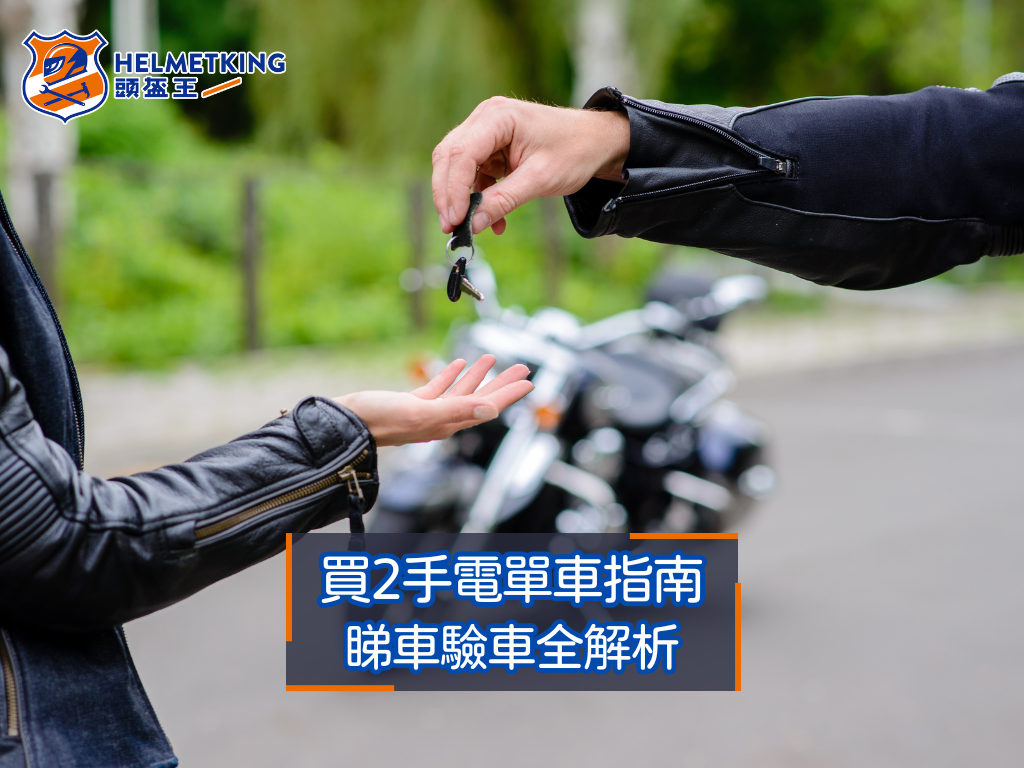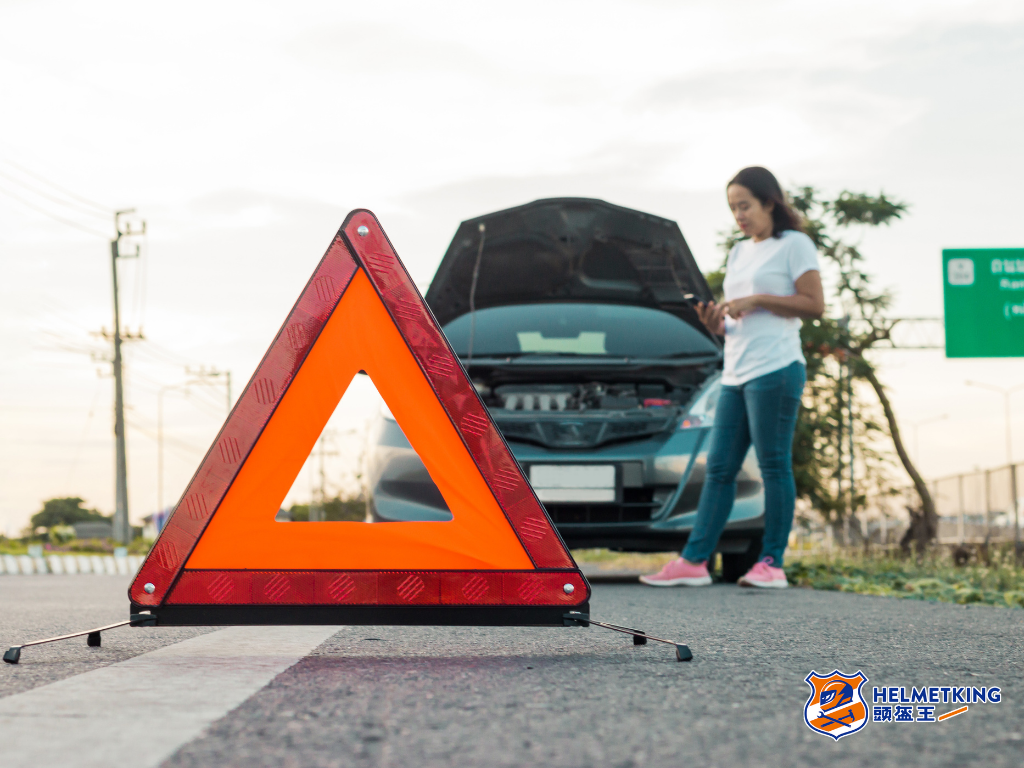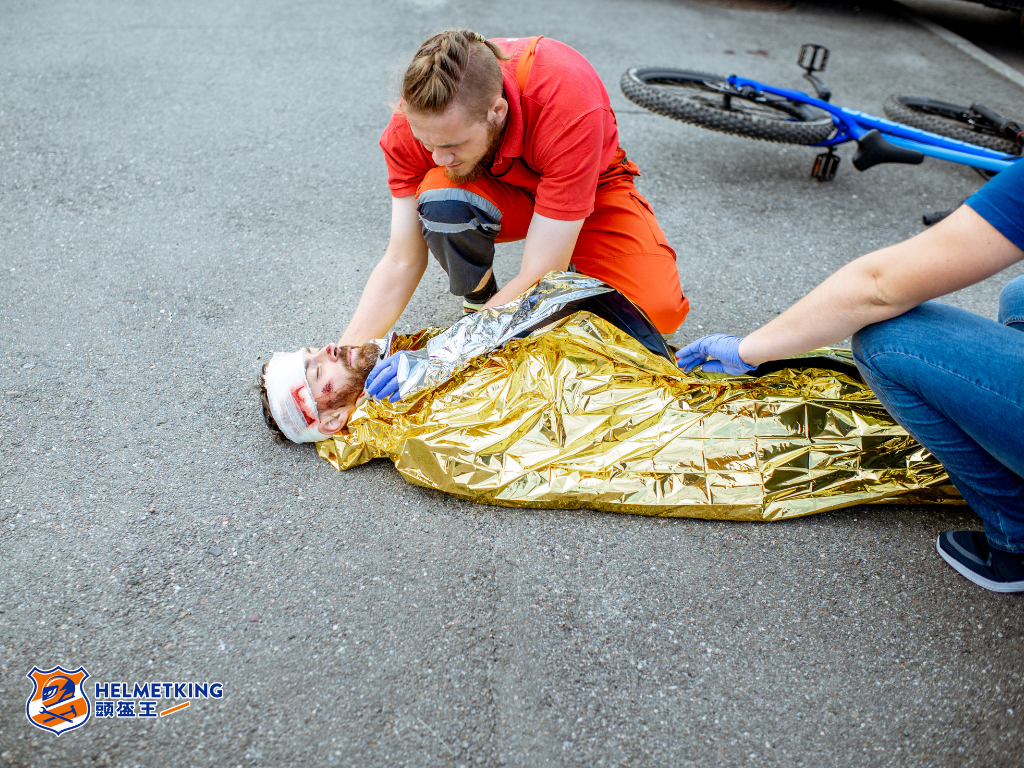
[Beginners Guild] Guide to Buying a Used Motorcycle
on 2025-10-15
2023-04-27
Whenever Helmet King sees a motorcycle accident, we can't help but feel sad. As a member of the road, we all know the risks of "skin and iron." Many times we are inevitably faced with the worst situation, and it is necessary to know how to deal with it. When an unfortunate incident occurs, we hope that someone will be there to lend a helping hand, while also hoping that the other party knows how to provide assistance correctly. Helmet King presents some simple rescue concepts and steps for everyone, hoping that riders can help each other on the road.
Before officially starting, some basic principles need to be reiterated. If you have received first aid training, the first lesson usually reminds everyone repeatedly that "personal safety" is a prerequisite for everything. If you also get injured during the rescue process, it will only make the accident scene more complicated and increase the difficulty of rescue.
Secondly, if you have not received corresponding training or are not sure how to respond correctly, do not recklessly move the injured person to avoid worsening the injury. Try to provide assistance within your own ability range, such as helping to call for emergency assistance, holding an umbrella for the injured person, covering them with clothing for warmth, talking to the injured person to keep them conscious. This is already sufficient. Finally, it's strongly recommended that everyone enroll in first aid courses during their free time. The greater your abilities, the greater the assistance you can provide.

After witnessing an accident, the first thing to do is to call for help to ensure that the rescue personnel arrive as soon as possible. If you are the only person at the accident scene, please call for help yourself. If there is a group of people at the scene and you have the ability to assist the injured person in other ways, you should assign one person to handle this.
When reporting the case, remember to describe the accident situation, the condition of the injured person, and the location clearly and briefly to the rescue personnel on the phone. If you are not sure of the actual address, you can describe the surrounding environment as much as possible, such as the number of nearby lampposts. This action seems simple, but in reality, it's another world, and not everyone can remain calm. Therefore, it's important to absorb relevant knowledge in daily life, master basic concepts, and handle things more systematically when an accident occurs.

"Personal safety" is a prerequisite for everything. To provide assistance to the injured person, it's necessary to ensure the safety of the surrounding environment. If the accident occurs on an ordinary road (not a highway), you can try to slow down or remind the following drivers, such as parking the car in a safe place in front of the injured person and turning on the hazard lights (pay attention to whether it is in a curve, other drivers may not be able to brake in time), or using a flashlight or emergency lighting to stand on the side of the road as a reminder. The purpose is to ensure that other drivers can detect the accident early and avoid hitting the injured person or other rescue personnel.
Afterward, you can quickly check the motorcycle involved in the accident, turn off the engine, and check whether the vehicle is leaking oil. If possible, pick up the motorcycle to prevent further leakage and push it to the side of the road.

Excessive bleeding can pose a direct threat to the injured person's life. If the injured person is bleeding severely, such as fresh blood continuously spewing from the wound, you should press the wound as much as possible. If the injured person is still conscious, you can let them help themselves if possible. You can choose to apply pressure with gauze from the first aid kit, a clean towel, or a T-shirt. When needed, you can stack multiple pressure items. Also, do not try to remove the wet pressure item, as this may interfere with the clotting of blood. Before applying pressure, pay attention to whether there are foreign objects in the wound to avoid exacerbating the injury. You can describe the situation to the rescue personnel on the phone and follow their instructions.
Excessive bleeding can pose a direct threat to the injured person's life. If the injured person is bleeding severely, such as fresh blood continuously spewing from the wound, you should press the wound as much as possible. If the injured person is still conscious, you can let them help themselves if possible. You can choose to apply pressure with gauze from the first aid kit, a clean towel, or a T-shirt. When needed, you can stack multiple pressure items. Also, do not try to remove the wet pressure item, as this may interfere with the clotting of blood. Before applying pressure, pay attention to whether there are foreign objects in the wound to avoid exacerbating the injury. You can describe the situation to the rescue personnel on the phone and follow their instructions.
Gently open the rider's helmet face shield, and if possible, release the rider's helmet buckle and collar to make them breathe more smoothly and comfortably. The premise is to keep the head still, then calmly talk to the injured person, keeping them conscious. This can effectively help the injured person relax, and allow you to continuously evaluate their level of consciousness.
Remember to keep the injured person's head and other parts of their body still, to avoid worsening spinal or other injuries. You can hold your ear close to the injured person's face and listen to their breathing sounds, such as whether there are any noises in the throat, such as "gurgling." If there are any such symptoms, the injured person may be choking on their own blood or vomit. You should report it immediately to the rescue personnel on the phone.
If the injured person has lost consciousness, you should keep checking whether they are still breathing. For example, check whether the injured person's chest periodically moves up and down. You can also observe whether the injured person's skin has turned blue. If any of these symptoms appear, there is a high chance that the injured person needs cardiopulmonary resuscitation (CPR) first aid.
Without professional training, it's not recommended for anyone to perform the above actions for the injured person or remove their helmet. Please report the situation immediately to the rescue personnel on the phone. In an emergency, the rescue personnel may remotely instruct you to perform the relevant actions, please follow their instructions. Everyone can also watch relevant videos in advance to have a basic concept.
Regardless of whether the injured person is conscious or not, it's important to ensure that they stay warm. Generally, the first aid kit will contain a thermal blanket to keep warm. If not, you can take off your jacket or any other warm items to gently cover the injured person. If it's raining, you can also hold an umbrella for the injured person. Then wait for the rescue personnel to arrive.


on 2025-10-15

on 2025-10-09

on 2025-10-06

on 2025-10-03
